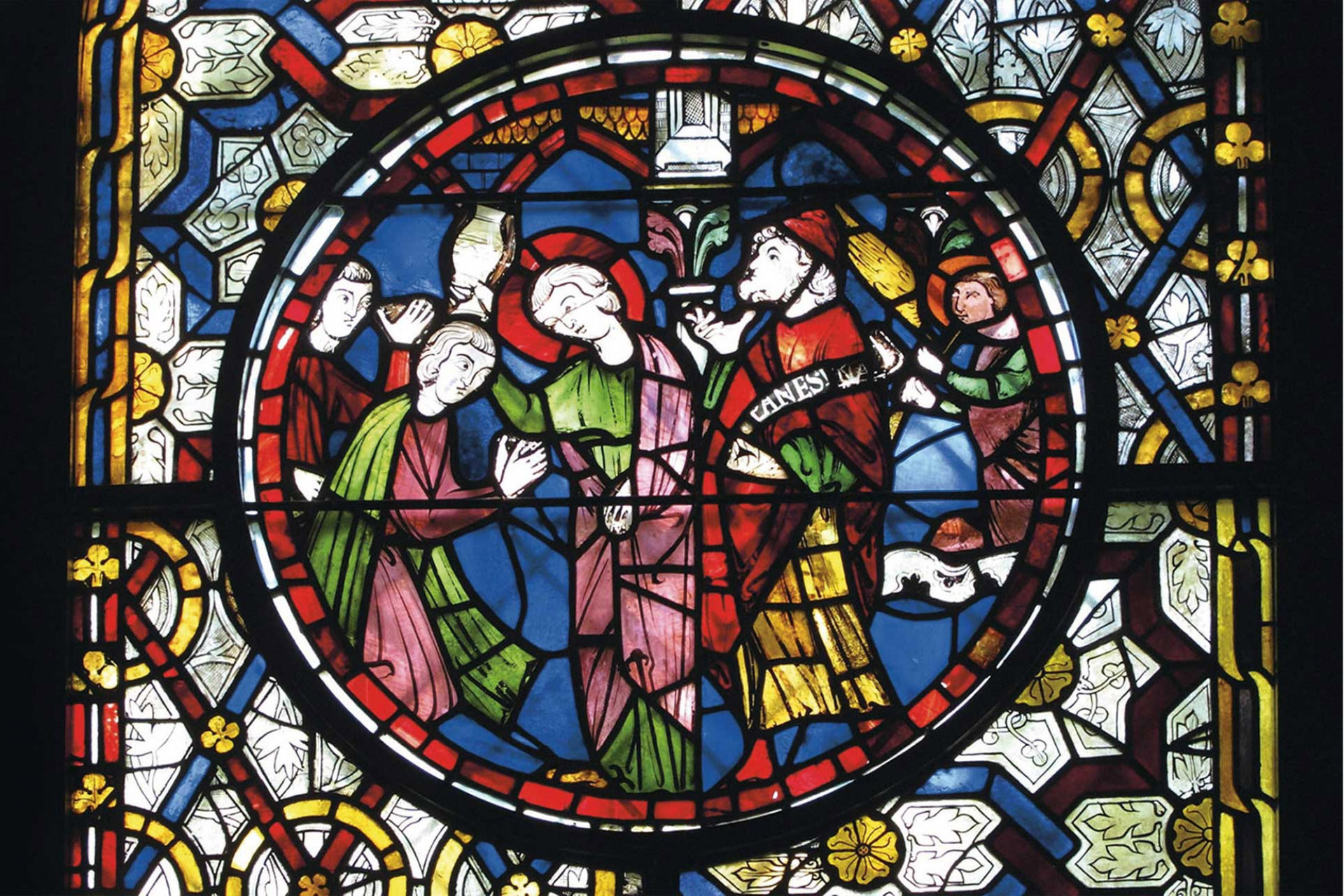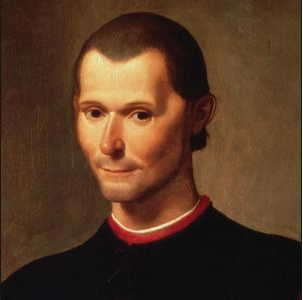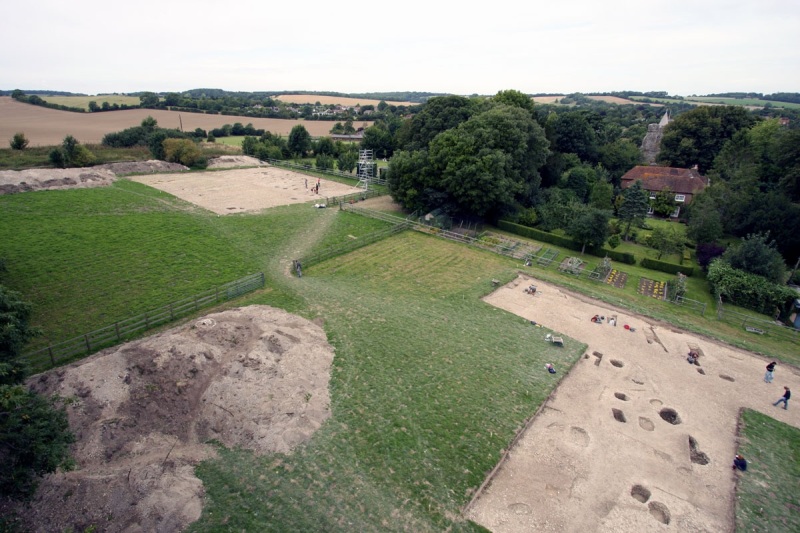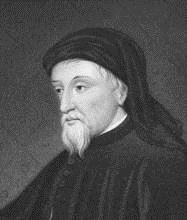Professor Quentin Skinner will be asking this question at our annual Renaissance Lecture on Tuesday, 24th March 2015 at 6pm in Lecture Theatre 1, Grimond Building. … Read more
Month: February 2015
Early Medieval Monasticism Conference (24-26 April)
The University of Kent will host a conference in April to examine the theme of early medieval monasticism in the North Sea Zone from a … Read more
Chaucer talk opens Festival of English
The University of Kent’s ‘Festival of English’ begins this evening (Tuesday, 3rd February) at 6.30pm with a talk by Professor Peter Brown on Chaucer. Held in … Read more
Conference Report: Liminality and Early Performance Culture
Liminal Time and Space in Medieval and Early Modern Performance 5th-7th September 2014, University of Kent Human experience of time and space has been the … Read more




